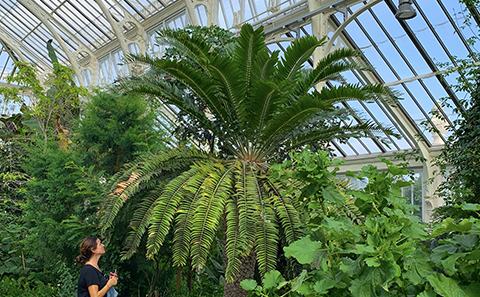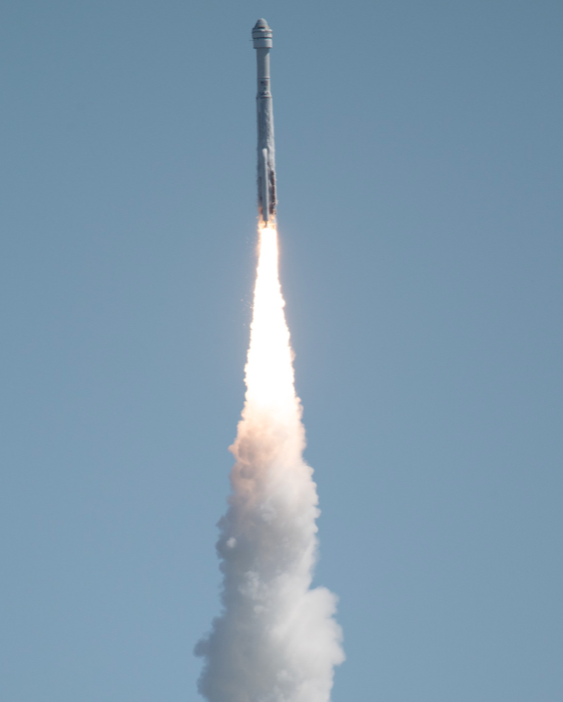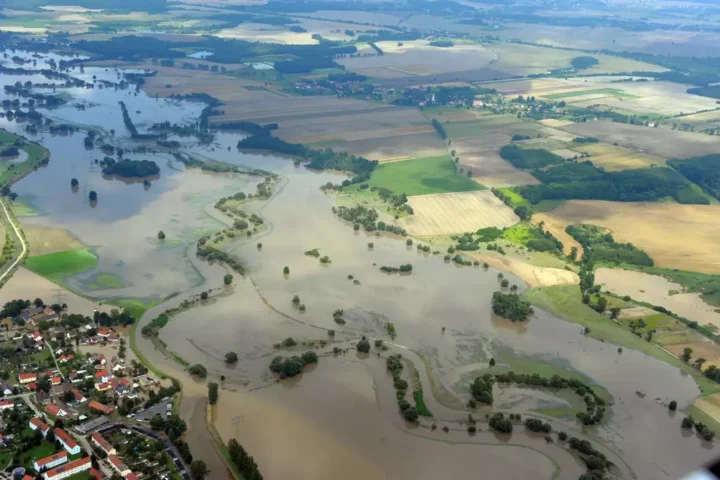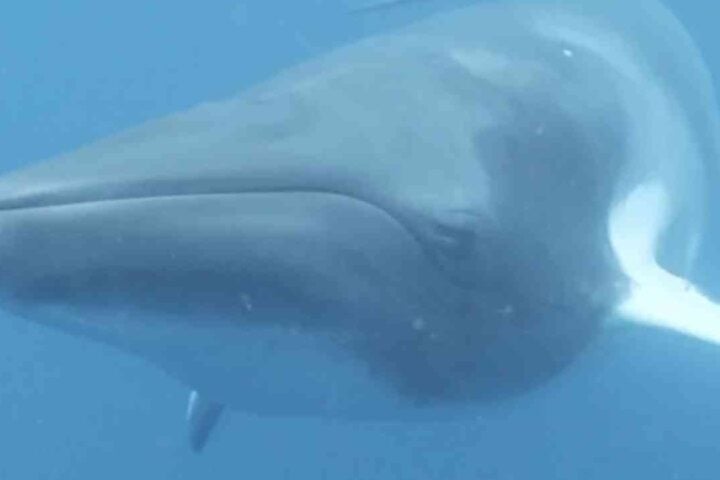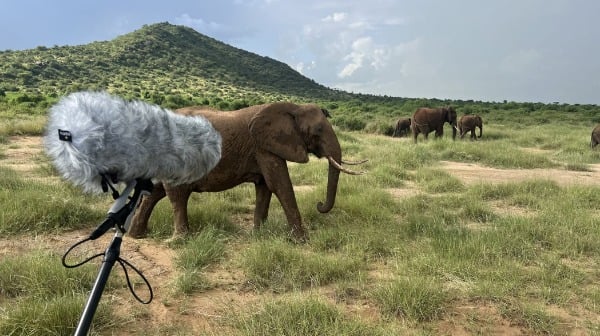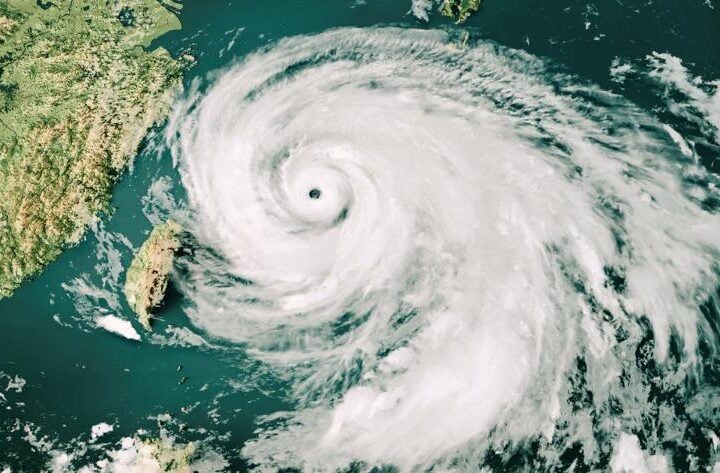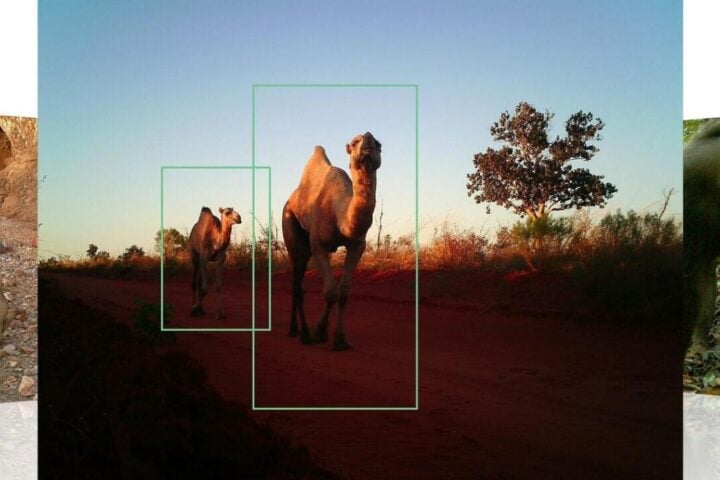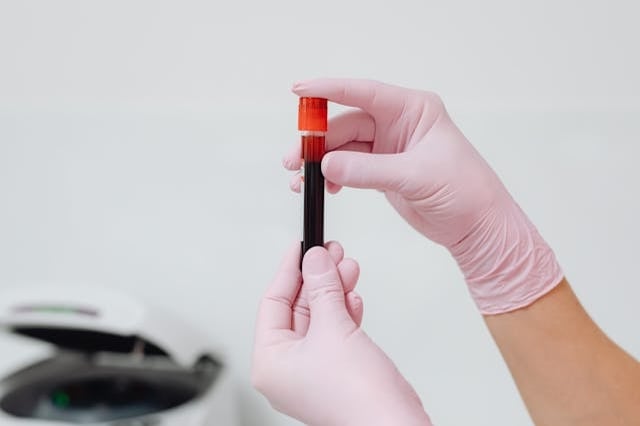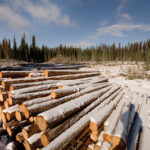It is known as the loneliest plant, one of the most endangered species in the world with only male specimens remaining. Now, a team from the University of Southampton is determined to find a mate for the endangered ‘Encephalartos woodii’( E. woodii). With the help of artificial intelligence (AI), scientists have embarked on a quest to find a companion. “A classic tale of unrequited lovey.” That’s how Dr. Laura Cinti, research fellow at the University of Southampton’s Winchester School of Art, described it. The researchers are combing through thousands of hectares of forest in South Africa, the only place where Encephalartos woodii (E. woodii) has been found.
Encephalartos woodii is indeed nearly extinct. Only male clones of the single known wild specimen are preserved, making natural reproduction impossible. This species existed before dinosaurs walked the Earth, but today it is in danger and considered one of the most threatened organisms on the planet.
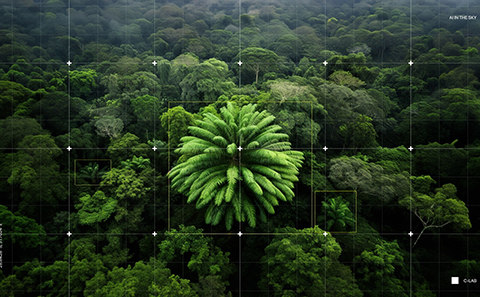
“This plant is, as far as we know, extinct in the wild. I was very inspired by the story of the E. woodii, it mirrors a classic tale of unrequited love,” said Doctor Laura Cinti, who leads the project to find a female of the rare plant. ” I’m hopeful there is a female out there somewhere, after all there must have been at one time. It would be amazing to bring this plant so close to extinction back through natural reproduction,” she explains.
The only known specimen of the species was found in 1895 in the oNgoye forest, near the eastern coast of South Africa. It was a male, and no other was ever found, so all existing specimens of E. woodii are also male clones of that single known wild specimen.
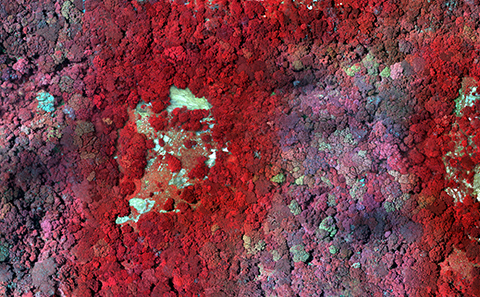
“With the AI, we are using an image recognition algorithm in order to recognise plants by shape,” Doctor Cinti elaborates. “We generated images of plants and put them in different ecological settings, to train the model to recognise them,” she adds. Drones are taking aerial photographs of the forest, which are then analyzed by AI tools in search of the plant. So far, they have covered less than 2% of the nearly 4,100 hectares of forest.
Never before has this forest been fully explored to establish whether the coveted female of Wood’s cycad exists. Experts at the Royal Botanic Gardens, Kew, in London, still cultivate and propagate the species. Visitors can view it there.
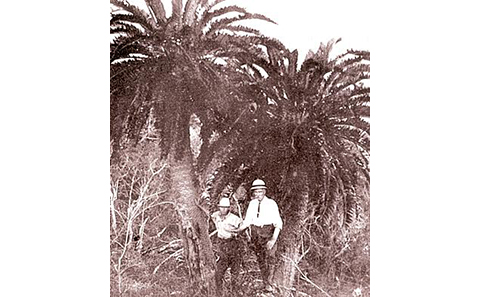
In 1895, during one of their expeditions through the forests of KwaZulu-Natal, John Medley Wood and his assistant James Wylie stumbled upon four stems of a plant they didn’t recognize. They were working at the Durban Botanical Garden, so they did what they usually did: they took it with them. They didn’t know it, but they were saving its life. Because over the past hundred years, scientists have tried to find more specimens and have been completely unsuccessful.
The research team is using drones to take thousands of aerial photographs of the oNgoye forest. They then process all that visual information with various AI algorithms to try to locate the target plant. So far, they have managed to analyze about 2% of the forest’s 195 acres.
Similar Posts
Dr. Cinti is also involved in a new collaborative project that aims to explore the possibility of changing the sex of the E. woodii through chemical or physiological manipulation, followed by the generation of vegetative plants from the altered material.
She mentioned that reports of sex change in other cycad species due to sudden environmental changes, such as temperature fluctuations, have given them hope that a similar process could be induced in E. woodii as well.
That makes the project to search for Wood’s female cycad much more interesting than it may seem at first glance, whether it succeeds or not. It’s the first step in a much larger endeavor: to be able to map and process every square centimeter of the Earth’s surface.
“Cycads sell on the black market for hundreds of thousands of pounds, and are kept in cages in botanical gardens due to the risk of theft,” concluded Dr. Cinti.
